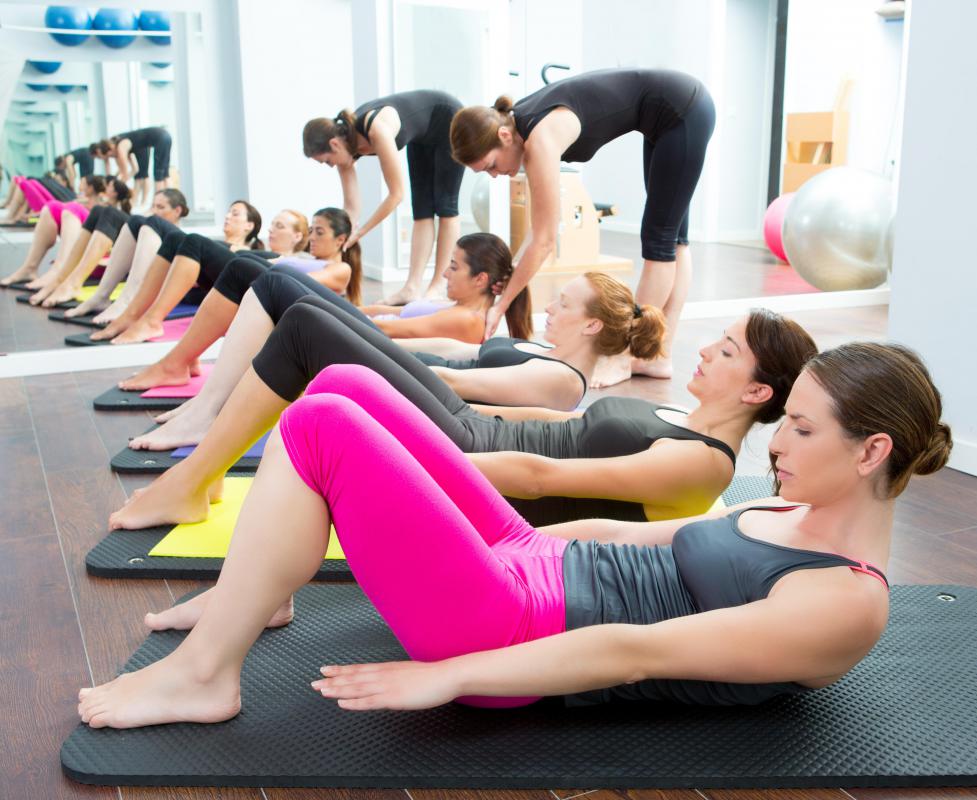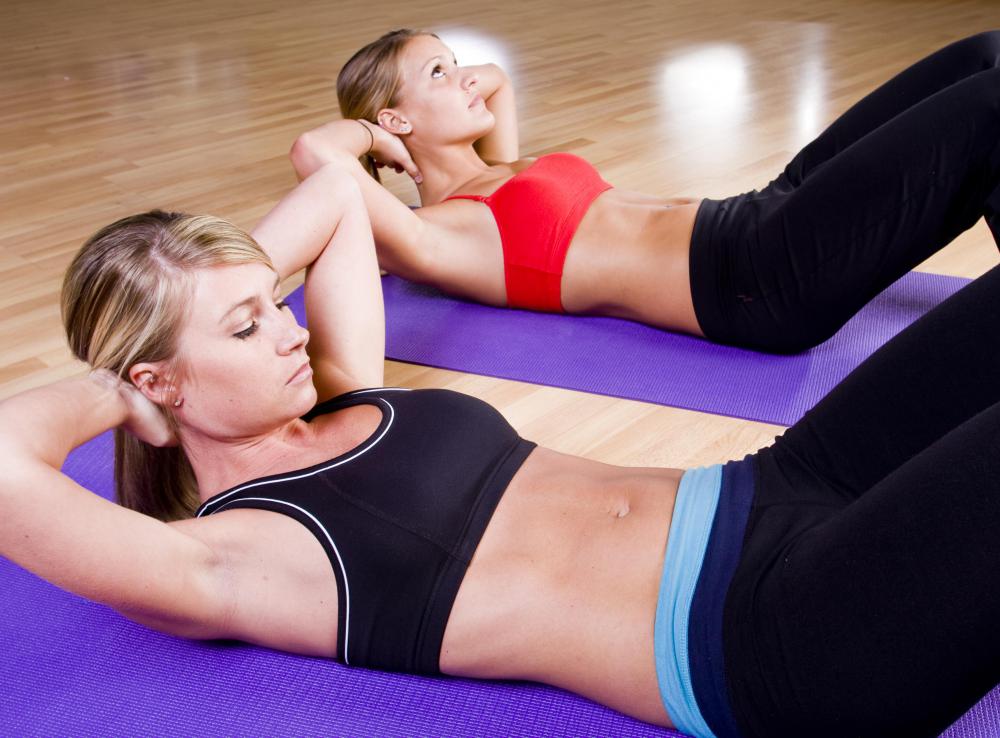At TheHealthBoard, we're committed to delivering accurate, trustworthy information. Our expert-authored content is rigorously fact-checked and sourced from credible authorities. Discover how we uphold the highest standards in providing you with reliable knowledge.
What are Crunches?
Crunches are some of the simplest, most effective exercises that can be performed to tone and tighten the muscles of the abdominal, or core, region. Attention to form is key in executing these exercises to achieve maximum benefit and avoid injury.
Crunches target the following abdominal muscles:
• Rectus abdominus, which is the central panel of muscles known as the "six-pack," running from the bottom of the sternum to the pubic crest
• Internal and external obliques, which comprise the muscles on the sides of the abdomen
• Transverse abdominus, which is the deepest layer of abdominal muscle and runs from the inside of the hip to the rib cage and connects to the diaphragm

Adding crunches to an exercise routine is a good way to help improve core strength. "Core strength" refers to the fitness of the collective muscles that are found in the abdomen, the lower back, and the pelvic floor. These muscles assist in everyday activities such as standing, sitting, bending over, and lifting. A strong, stable core means you will be able to function better in daily tasks, have improved balance, and be less prone to low back pain and injury due to inflexibility and weakness.
To perform effective crunches one must :
1. Lie on one's back on an exercise mat or carpeted surface. Bend the knees and place feet flat on the floor.

2. Place hands where they feel most comfortable — suggested positions are either crossed on the chest or balled into loose fists clasped on the sides of the head. Do not clasp the hands behind the neck, as this can create a tendency to pull up on the neck as the crunches are performed.
3. To execute the crunch: Contract the abdominal muscles to pull the head and chest up toward the knees, simultaneously pushing the lower back down into the floor. Keep the chin up and off the chest. Do not come all the way to sitting but lift the shoulders only a few inches off the floor.
4. Hold this position for at least three seconds at the top of the crunch. It is important to not hold one's breath. Be mindful about the muscles that are being worked — concentrate on squeezing the abdominal muscles.
5. When the hold is released, do not just immediately relax the abdominal muscles and fall back to the ground. Release the position slowly, gradually lowering the shoulders in a controlled manner. Breathe deeply and consistently.
6. Do as many crunches as possible while preserving form and keeping the motion smooth.
AS FEATURED ON:
AS FEATURED ON:

















Discussion Comments
@lighth0se33 - I had a lot of trouble when I first started doing stomach crunches. I feared that if strained my neck, I would develop big, masculine neck muscles, so I started out with my hands behind my head.
After I got to where I could do thirty crunches in a row, I decided to try to do them without neck support. I knew that my abs were strong enough to pull my head and neck up without help, so I gave it a shot. My neck didn’t feel strained, because I concentrated all of my pulling motion into my abs.
I would recommend that you keep supporting your head until your abs are well developed. Once you have gained core strength, give crossing your hands over your chest a try.
After reading this article, I see that I have been doing my ab crunches all wrong. I haven’t been holding the position for three seconds, and I’ve been supporting my neck with my hands. Also, I go down to a resting position after each crunch.
I am actually afraid that if I don’t put my hands behind my head, I will strain my neck muscles as I try to hold my head up. I am going to try putting my fists beside my head and see if that feels any better.
Does anyone else find it hard to keep your chin up during crunches without the support of your hands? How have you dealt with it?
@Kat919 - Well, one thing you can do is to make your planks more difficult by raising one foot a few inches off the ground at a time. I assume that you are also doing side planks for your obliques.
If you look up "prenatal abdominal exercises" online, you'll find some good suggestions. For instance, you may be able to do bicycles sitting on a workout bench.
I really like exercise ball crunches when I'm not pregnant, but there are some activities you can do using the ball during pregnancy to strengthen the core.
But honestly, there's not a ton you can do to avoid that separation, and I hate to tell you, but it's permanent! The muscles have already moved apart and they do not go back together. (You can restore much of the look of your belly through careful exercise, but the middle will be connective tissue rather than muscle.) Still, keeping fit during pregnancy has lots of benefits.
I'm so confused - some experts say that crunches help your pelvic floor, and others say that they're *bad* for your pelvic floor muscles! I guess the key is just to do a good variety of exercises. Not just crunches but also static ab exercises like planks, plus squats, etc.
During my last pregnancy, I had bad rectus abdominis separation and I'm hoping to avoid that next time. But of course, I won't be able to do my usual abdominal crunches while I'm pregnant, and planks just don't seem like "enough." Any suggestions?
Post your comments